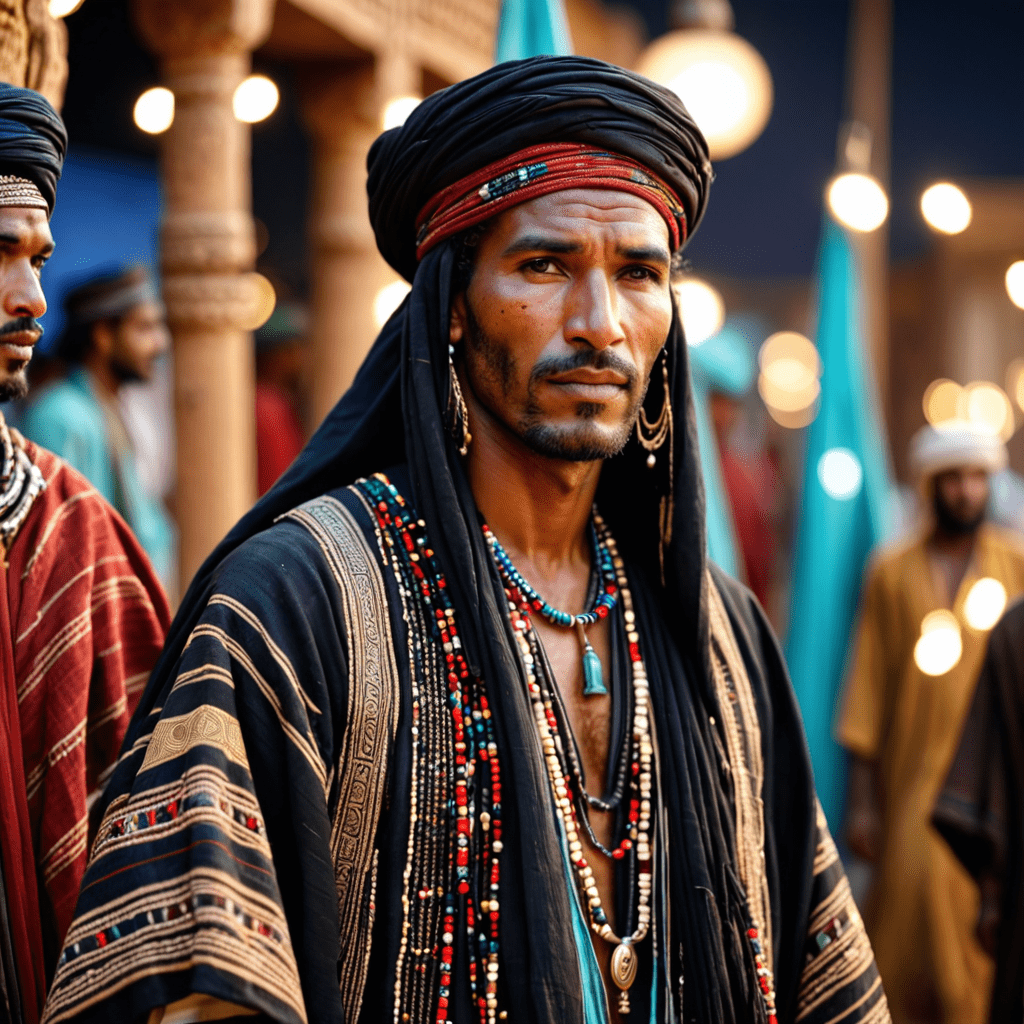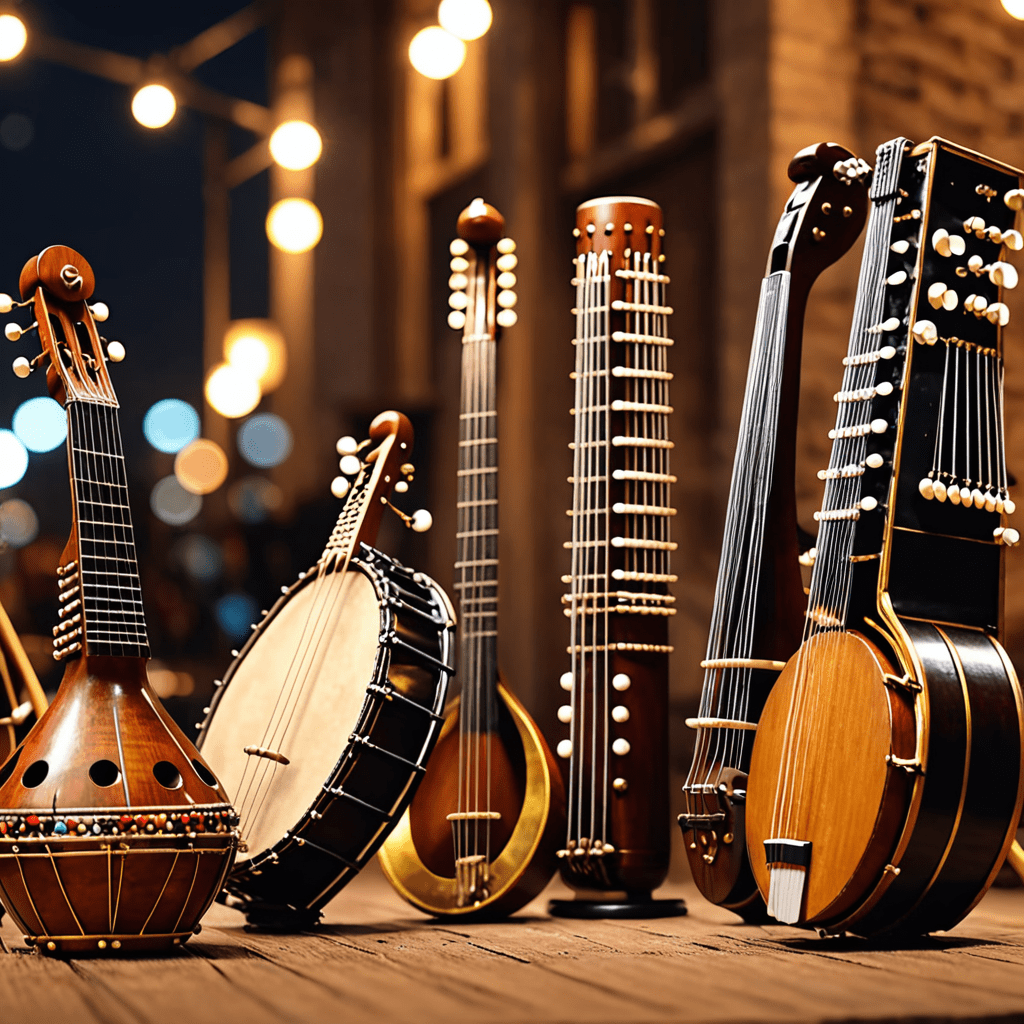
Exploring the Rich Heritage of the Tuareg People: Traditional Clothing and Textiles
The Tuareg People: A Nomadic Culture
The Tuareg people, also known as the Kel Tamasheq, are a nomadic Berber ethnic group primarily inhabiting the Sahara desert across countries like Niger, Mali, Algeria, Libya, and Burkina Faso. This ancient society has preserved its unique customs, language, and artisanal skills for centuries.
The Significance of Clothing in Tuareg Culture
Clothing plays a vital role in Tuareg culture, reflecting social status, identity, and protection from the harsh desert environment. Traditional garments are not merely attire but symbols of heritage and pride passed down through generations.
Distinctive Features of Tuareg Clothing
The traditional attire of the Tuareg people is characterized by indigo-dyed fabric, intricate embroidery, and elaborate headdresses. Both men and women wear flowing robes called ‘djellabas,’ often adorned with silver jewelry, leather belts, and symbolic amulets.
Artistry of Tuareg Textiles
Tuareg textiles are renowned for their craftsmanship and symbolism. Women are often the artisans behind the intricate embroidery work on garments, tents, and decorative items. The use of geometric patterns and symbolic motifs reflects the Tuareg’s spiritual beliefs and cultural heritage.
The Role of Veils and Turbans
Veils and turbans are essential elements of Tuareg attire, serving practical and cultural purposes. Veils, known as ‘tagelmust’ or ‘cheches,’ protect against the desert sun and sand, while also concealing the face as a sign of modesty and anonymity.
Symbolism in Tuareg Clothing
Each piece of Tuareg clothing and textile carries deep symbolism and cultural significance. From the colors of the fabric to the patterns woven into the garments, every detail conveys stories of tradition, identity, and spirituality within the Tuareg community.
Preservation of Tuareg Textile Traditions
Despite the encroachment of modernity, the Tuareg people remain dedicated to preserving their textile traditions. Initiatives supporting artisanal cooperatives and cultural exchanges help sustain these ancient practices and ensure the continued legacy of Tuareg clothing and textiles.
By delving into the world of Tuareg clothing and textiles, we gain insight into a culture rich in history, artistry, and significance. The vibrant colors, intricate designs, and profound symbolism woven into each garment serve as a testament to the enduring heritage of the Tuareg people.
FAQ: Traditional Clothing and Textiles of the Tuareg People
What is the significance of traditional clothing for the Tuareg people?
Traditional clothing holds great cultural importance for the Tuareg people, reflecting their identity, social status, and heritage. The intricate designs and materials used in their attire symbolize aspects of their nomadic lifestyle and traditions.
What are some common features of Tuareg traditional clothing?
Tuareg traditional clothing often includes flowing indigo-dyed robes called “djellabas” or “tagelmust” veils for both men and women. The blue color symbolizes protection from the desert sun, while the intricate embroidery and patterns carry symbolic meanings within their culture.
How are textiles crafted by the Tuareg people?
Textiles crafted by the Tuareg people involve meticulous hand-weaving techniques using locally sourced materials like cotton or leather. The intricate designs are often passed down through generations, showcasing their skilled craftsmanship and attention to detail.
What role do textiles play in Tuareg ceremonies and celebrations?
Textiles play a central role in Tuareg ceremonies and celebrations, with specific garments and patterns signifying important events like weddings, births, or spiritual rituals. The textiles are often imbued with symbolic meanings that are passed down through oral traditions.


